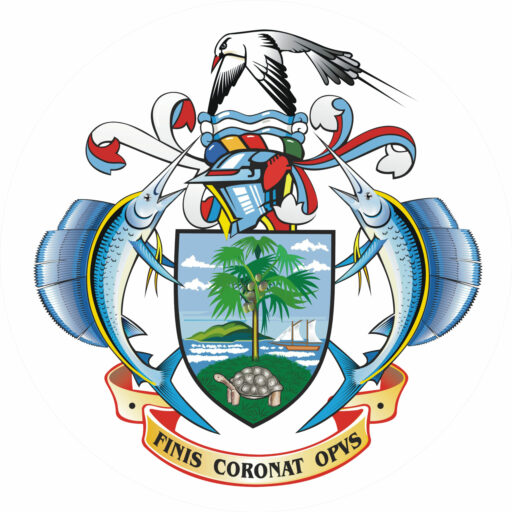History of the Seychelles
1502
First Europeans to have discovered the islands are the Portuguese.
In 1502, a Portuguese navigator Vasco da Gama, dropped anchor at the Amirantes (islands part of the Outer Island Group of Seychelles).
However, Portuguese navigators did not think of settling in the Seychelles archipelago.
1609
First recorded landing
Seychelles was known by sailors, traders and Arab navigators for many centuries, but the islands remained completely uninhabited until the first recorded landing in 1609 by the British East India Company.
1756
The French took over the islands
To ensure the arrival of its merchant ships in India, France led an expedition to the Seychelles in 1742. At the time, Governor Bertrand François Mahé de la Bourdonnais came to settle in present-day Mauritius. Two years later, Commander Lazarre Picault explored the archipelago and named it Mahé in honor of the governor. It was in 1756 that the French took over the islands, which they baptized Séchelles in honor of the Minister of Finance under the kingdom of Louis XV – Jean Moreau de Séchelles, later changed by the British to Seychelles.
1814
The surrender of the archipelago to the British
War between France and Britain led to the surrender of the archipelago to the British in 1810, and it was formally ceded to Great Britain by the Treaty of Paris in 1814.
1903
Seychelles became a separate British Crown Colony
Throughout the 19th century the population increased, and Seychelles produced high quality cotton.
The abolition of slavery in the 1830s (law voted in London) deprived the islands of their labour force and compelled them to switch from raising cotton and grains to cultivating less-labour-intensive crops such as coconut, vanilla, and cinnamon. By the end of the century export of guano improved the islands economy and in 1903 Seychelles became a separate British Crown Colony.
1976
The Seychelles became independent
After the two World Wars, modern conveniences and communications were introduced to the Seychelles.
In 1963 the United States leased an area on the main island, Mahé, and built an air force satellite, this brought regular air travel to Seychelles, and tourism as well.
On June 29, 1976 the Seychelles became independent, and the first president elected was James R. Mancham.
The Seychelles today
Today the archipelago, due to this cultural diversity and history, have become the fascinating and dream destination for many.
Indeed, the tourism and fishing industry are the main sources of income of the Seychelles. In order to preserve its natural beauty, 42% of its territorial area is protected as national parks and reserves. What is more, the government plans to further expand these protected areas in order to preserve this piece of paradise for the generations to come.
Honorary Consulate of the Republic of Seychelles
in Switzerland

Embassy of the Republic of Seychelles
in Belgium

